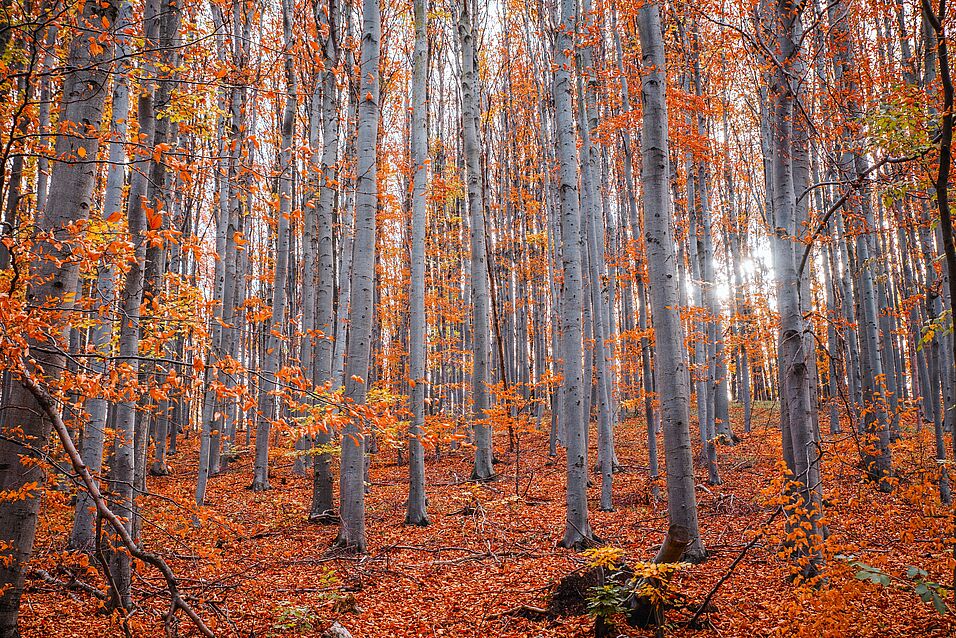The majority of C in soils is remains of dead microbial biomass. A first step to transfer C into stabile soil pool is thus the efficient uptake of C into soil microorganisms. Carbon-use-efficiency describes how much of the C that microbes take up is used for microbial growth and how much is respired. After cell death microbial compounds can get attached to clay minerals in the soil and become stabilized. Up to now, there is little direct evidence for a connection of carbon-use-efficiency, sorption on minerals, and persistence of C in soils. Furthermore, little is known about how temperature, nutrient availability, substrate chemistry, and adaptations of the active microbial community influence carbon-use-efficiency. Since these factors vary seasonally in temperate systems, the interactions of controls could result in seasonal variations of carbon-use-efficiency. Well timed amendments to soils at times of high carbon-use-efficiency, might lead to accumulation of stabile soil C and could counteract climate change.
In this project we will, for the first time, measure carbon-use-efficiency in a temperate forest and an agricultural field, both with or without litter incorporation in fall, 18 times over the course of two years. We will use this data of carbon-use-efficiency, nutrient availability, substrate chemistry, temperature and microbial community composition to statistically determine the importance of direct and indirect controls on carbon-use-efficiency. We will further set up short term laboratory experiments addressing microbial adjustments to temperature, nutrient availability, and substrate chemistry. To investigate the connection of carbon-use-efficiency and stabilization of C on clay minerals we will set up another laboratory incubation experiment. In this experiment we will add labelled substances to soils taken at times of high and low carbon-use-efficiency and we will trace the uptake of the label by the soil microbes and the transfer into the different soil C pools over time. To assess the long term persistence of C in dependence of timing and nature of substrate amendments we will use a mathematical soil C model.
To our knowledge this is the first project to investigate the seasonality carbon-use-efficiency and the importance and interactions of environmental factors and the microbial community. The combination of field and laboratory experiments as well as modeling approaches will clarify the role of carbon-use-efficiency in the formation of stabile soil C. Our findings will eventually help to develop temporally accurate management practices to counteract climate change.
Cooperation partners:
- Andreas Richter, University of Vienna (18O CUE method)
- Bruce Hungate, Northern Arizona University, USA (q-SIP analysis)
- Stuart Grandy and Emily Kyker-Snowman, University of New Hampshire, USA (microbial modelling)
- Sophie Zechmeister-Boltenstern, University of Natural Resources and Life Science, Vienna (forest site and litter removal experiment)
- Heide Spiegel and Taru Sandén, Austrian Agency for Health and Food Safety (field site and crop residual removal experiment)
Investigated by:
- Jörg Schnecker

